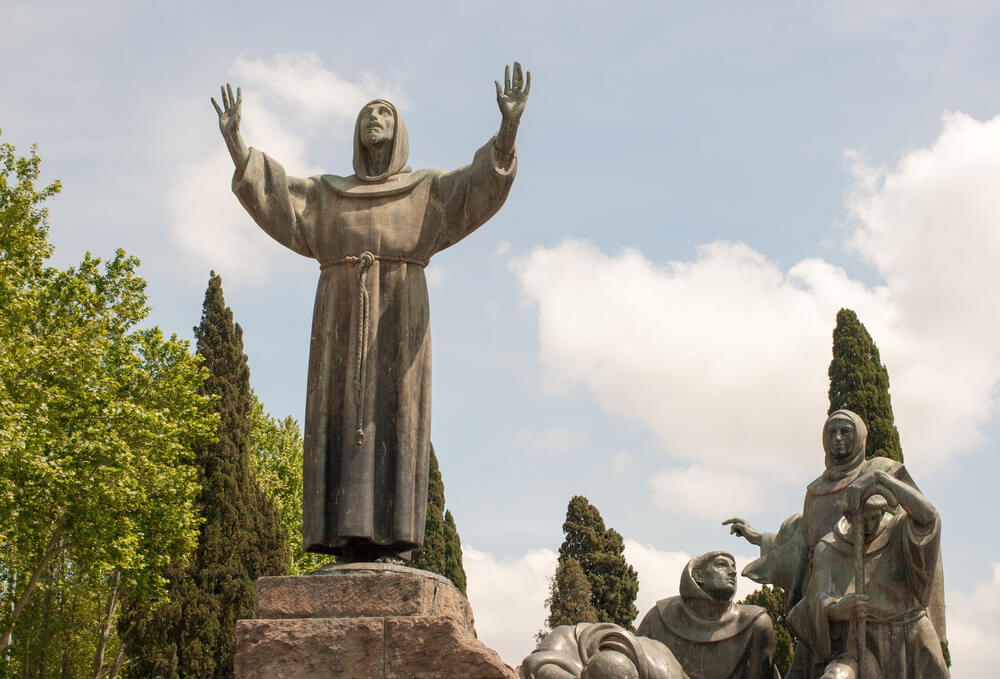If you have been to the British Museum, you have probably noticed a stone with hieroglyphic inscriptions called the Rosetta stone. In 1799, a French officer named Bouchard unraveled a mystery stone with inscriptions of the Egyptian hieroglyphic texts. Tracing its organs in Rosetta, the stone was used as a royal element by Memphis priests who presided over religious events to Ptolemy V.
The story behind the Rosetta stone
Of all the stories that attracted insignificant rivalries and mixed reactions, Rosetta Stone is far more controversial. The stone traced its origins back to 196 B.C and was discovered in 1799 by a French soldier in Rosetta. While cruising Egypt’s Mediterranean’s Coast, the French expedition expert discovered a stone with inscriptions depicting the Ptolemy, a thirteen-year-old who ruled for eight years following the demise of his parents. The child patriarch saw beyond the land invaded by enemies.
The child leader witnessed the oppression that was happening in his kingdom. The priests decided to inscribe on the stone three times in hieroglyphics on Sept 27, 1822. Today, the stone inscriptions contain Egyptian, Greek and formal education.
Why is Rosetta stone relevant today?
A stone with inscriptions using three languages is such a rare occurrence. Rosetta stone is widely recognized because of this fact. At the time, people spoke and understood different languages. The stone has a three-language inscription to help people from all walks of life to read it. Most students willing to learn three languages can rely on inscriptions displayed on the Rosetta stone.

